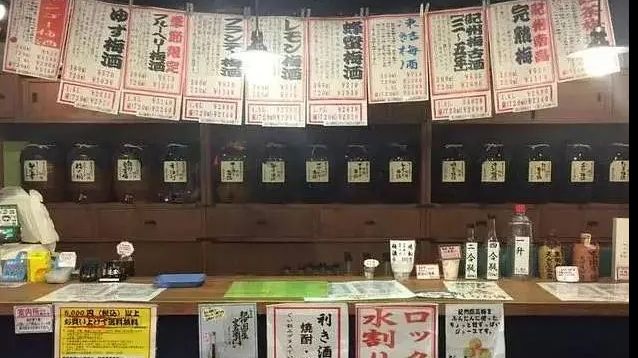In Japan, umeshu can be found for sale in stores, liquor shops, and supermarkets, and many households also keep umeshu to entertain guests. The history of drinking umeshu in Japan is long, dating back over 1300 years when the cultivation techniques for green plums were introduced from China. At that time, the cultivation of Japanese plums was relatively rare, and only members of the royal family in the palace could taste the plums. Large-scale cultivation of plums began in the Kamakura period (1199 AD), when Toyotomi Hideyoshi mandated that every household of farmers must plant a plum tree. At that time, green plums were mainly used to make salted plums (which are soaked in salt and then dried to a semi-dry state; even today, Japanese people often eat this food with meals), and the salted plums were taken by samurai on expeditions because their acidity could kill bacteria, treat illnesses, and reduce fatigue during marches.
Plums are commonly referred to as "universal medicine." In folk health concepts, eating a pickled plum or a cup of plum tea every day can not only stabilize the body's acid-base balance but also increase resistance and promote metabolism. Traditional Chinese medicine also believes that plums have the effects of generating fluids, quenching thirst, and astringing the lungs. They can be made into dried plums and umeshu, and their magical properties lie in the large amount of citric acid contained in plums, which promotes metabolism, relieves fatigue, purifies the blood, enhances immunity, and has anti-aging effects.
Plums can "break the three poisons," exerting powerful effects against "water poison," "blood poison," and food poison. The new component "umeoside" is unique to green plums; only green plums contain this new component, so umeoside is a unique component of green plums, with astonishing effects on improving blood circulation. Green plums are rich in organic acids, which can promote saliva secretion. Saliva aids digestion and enhances appetite. This is why umeshu is recommended to be consumed before meals.
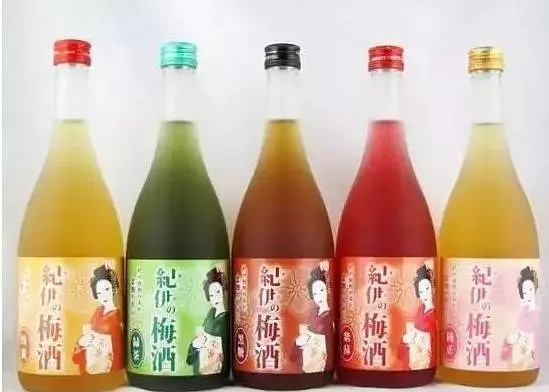
In addition to the salivary glands secreting saliva, saliva hormones can also be secreted from the larger parotid glands, which have significant effects. Saliva hormones can promote cell metabolism and prevent cell aging. Additionally, green plums can promote the metabolism of the skin's stratum corneum, preventing the appearance of wrinkles and spots. Therefore, it is referred to as the "youth-rejuvenating" hormone. It has also been shown to promote the calcification of bones and teeth, as well as the growth of surrounding hard tissues. Since the secretion of saliva hormones gradually decreases after the age of 20, it is recommended to use dried green plums and umeshu to promote the secretion of saliva hormones. Using umeshu instead of sleeping pills can help you fall asleep quickly.
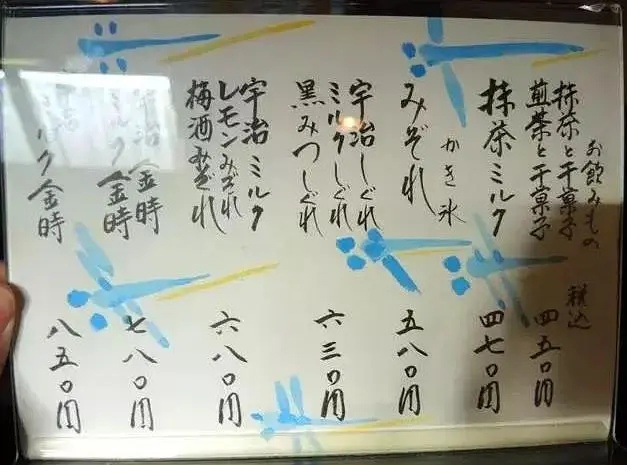
In addition to shaved ice, the shop also offers a variety of snacks and matcha, as well as delicious shaved ice. The menu features "umeshu mizore," which is umeshu shaved ice; "mizore" refers to shaved ice with honey added, paired with the sweet and sour umeshu, making for an excellent flavor.
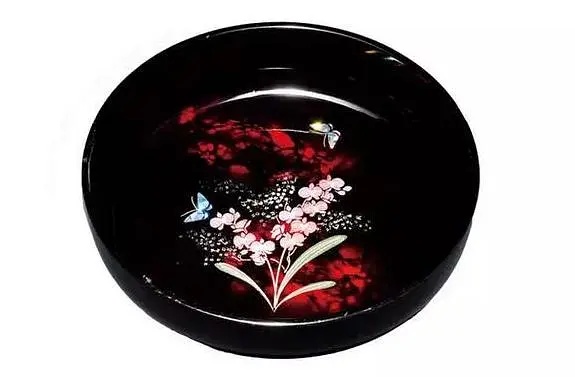
Kishu lacquerware — it is located in the northwest of Kainan City, Wakayama Prefecture, in the "Kurokawa area." It is said to have originated from the woodworkers of Kishu during the Muromachi period who moved here, with the abundant Kishu cypress becoming the raw material for making the base, starting with the processing of wooden lacquer bowls. Today, the monks of "Negoro-ji" still use bowls, basins, and other temple utensils, which can be considered the origin of contemporary Kishu lacquerware, named "Negoro-nuri" after this temple.

The Nanki Kishu region of Wakayama is Japan's largest plum-producing area, and the most famous plum variety, "Nanko plum," is produced here. Unlike the unripe green plums commonly used in the market, "Nanko plums" belong to the red plum series, can ripen naturally, and are characterized by plump grains, small pits, thick flesh, sweet and fragrant taste, smooth texture, and rich plum aroma. Therefore, umeshu made from these plums is also renowned both domestically and internationally. The elegant and mild umeshu is very much in line with the character of Wakayama.
The plum varieties produced in the southern Kishu plum groves are diverse, and the processed umeshu, plum tea, and plum snacks will delight your taste buds, with the pickled plums melting in your mouth, offering a complex flavor of salty, sour, and sweet that refreshes the spirit. You can also observe the plum processing process on-site, which is a unique experience. After tasting umeshu, you can enjoy the plum blossoms, climb high to take in the view, and the mountains covered in plum blossoms create a magnificent "sea of plums."
The Japanese have a deep affection for plums, often eating a pickled plum during meals. Umeshu is generally made from high-quality green plums from famous production areas, combined with high-quality shochu and superior sugar, through long-term soaking. Its brewing method pursues a thorough natural flavor, resulting in a lingering aftertaste. Umeshu is quite popular in Japan and can be purchased from any small shop in the streets; its flavor is characterized by a balance of sour and sweet, with a low alcohol content, and it is favored by women for its beauty and weight loss benefits.
Tips for tasting umeshu
1. Chill in the refrigerator and enjoy it straight before meals.
2. Add ice cubes to serve as a dining drink.
3. Mix with soda water and ice cubes for a leisurely drink; the ratio of umeshu to soda water varies by brand, generally about 1:1.
4. Add hot water to make a hot drink, which can warm you up in cold weather.
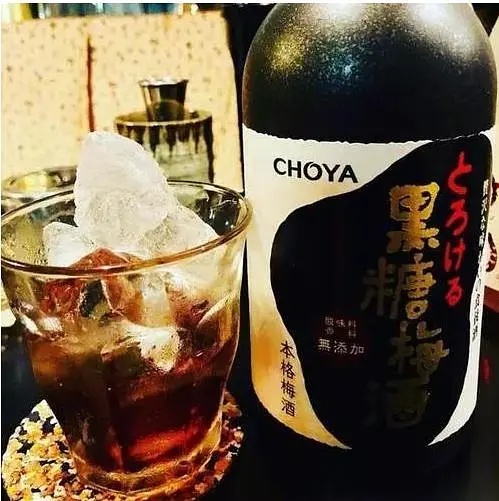
Every June, during the plum rain season, the green plums gradually ripen, marking the time for each household to make umeshu. Making homemade umeshu is not difficult; first, wash the plums, let them air dry, then place the plums in a jar, add rock sugar, and pour in alcohol at around 35–40 degrees. Seal the jar and store it in a cool place; after three months, the umeshu will be ready. At this point, the plums can be removed; they should not be discarded, as they can be made into plum jam.
The finished umeshu has a color similar to amber, pleasing to the eye, with a smooth and mellow taste and a long-lasting aftertaste. It can be enjoyed as a beverage and pairs well with various dishes. In a family setting, it serves as a mixer; on rainy days, the family can sip umeshu while waiting for other delicious dishes to arrive, chatting casually, listening to the sound of rain, truly feeling the tranquility and happiness of life.
In Japanese households, homemade umeshu by grandmothers has a unique flavor, offering a taste that reveals rich sweetness in its slight sourness, making it calming and soothing, more enjoyable than the umeshu available in stores. This is similar to how a mother's home-cooked meals are always delicious; the techniques may not be extraordinary, but they are made with genuine care, infused with deep familial affection, a unique feeling and taste that no restaurant can replace.
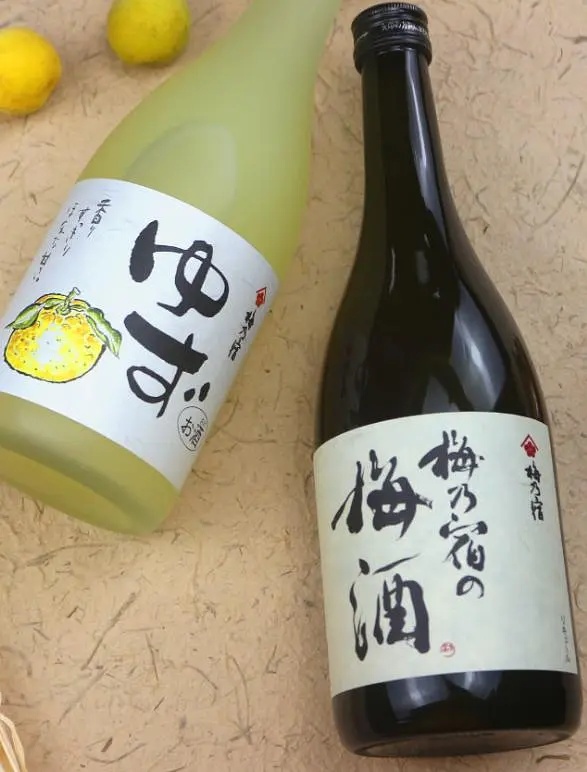
Ume no Yado began in 1893, using fresh Nara fruit from West Yoshino, soaked in sake as the base liquor. The plum flavor is slightly sweet, with a smooth and mellow texture, without the sharpness of alcohol.
CHOYA is Japan's largest umeshu brand, made from fresh green plums, retaining the nutrients and original flavor of the green plums through a sterile brewing process, resulting in a rich taste. Its pink boxed and bottled brown sugar umeshu is considered relatively inexpensive and delicious. GABA RICH umeshu, made from temperate citrus rich in GABA from Hiroshima Prefecture, is brewed with the fleshy and aromatic Nanko plums from Japan.
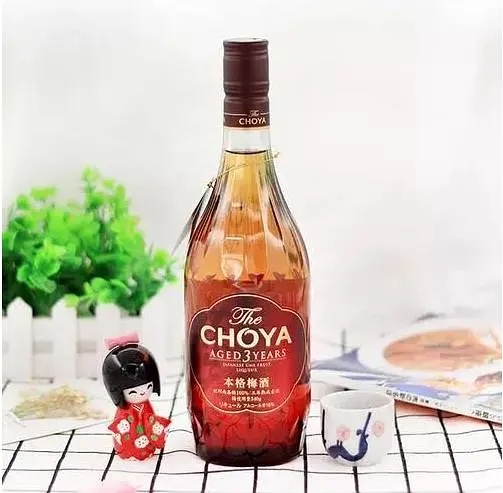
Due to advancements in brewing technology, the flavors of umeshu have become increasingly diverse, with different base liquors resulting in different tastes. Even a sip of umeshu can reveal various flavors. For example, umeshu made with sweet potato, rice, or barley shochu can taste like shochu; umeshu made with wine or sake has no sweetness, while umeshu made with brandy tends to be a bit sweet. Indeed, just like our lives, we may be the same age but have different destinies, with each stage of growth, maturity, and aging offering different flavors, a mix of experiences. Drinking umeshu allows us to savor the myriad flavors of life in the details, bringing both joy and deep reflection.
